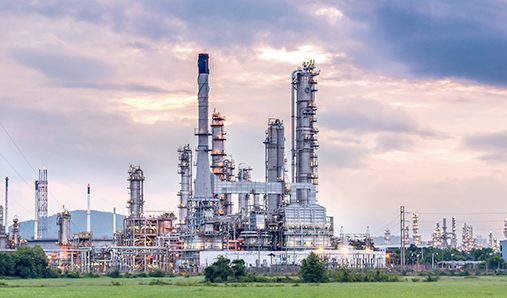The price of refined, bleached and deodorized (RBD) soybean oil is much more expensive than crude degummed soybean oil; Tore Alden, principal analyst at Fastmarkets’ the Jacobsen, explains why in his latest report on vegetable oil refining in the United States.
The surge in demand for renewable diesel is primarily a result of the Low Carbon Fuel Standard (LCFS) program in California. The Renewable Fuel Standard (RFS) first drove soybean oil prices to record levels in 2008, and we are now seeing soybean oil prices return to these high levels.
In 2008, soybean oil used in biodiesel production accounted for approximately 16% of all soybean oil production in the US. In 2021, that share is closer to 45%.
Growth in renewable diesel production in 2020 has already driven the spread between crude degummed soybean oil and RBD to a record level.
How can we understand this spread in more detail, and what is the price of RBD soybean oil compared with crude degummed?
Expansion plans Many US crushing and refining plants are planning to expand. This is due to three key forces at play:
- Increased production capacity for renewable diesel and sustainable aviation fuels.
- Expectations of more stringent mandates arriving for transportation that will drive more demand.
- Historically high soybean oil prices that have delivered record vegetable oil refining margins.
By the end of 2023, if all expansion plans go ahead, we estimate crush capacity will increase to 2.35 billion bushels. Soybean oil production will increase to 27 billion lbs, and vegetable oil refining to 16.8 billion lbs.
 Despite these increases, vegetable oil refining capacity will still fall short of our predictions of demand. Alden’s report provides detailed balance sheets for crude and refined soybean oil so you can see the impact of the shortage in refining capacity.
Despite these increases, vegetable oil refining capacity will still fall short of our predictions of demand. Alden’s report provides detailed balance sheets for crude and refined soybean oil so you can see the impact of the shortage in refining capacity.
Where is this expansion going to happen?
While some expansions are likely to be in areas further west than existing facilities, most will remain within the Midwest, the heartland of US soybean and corn production. Supply deficits in the Western and Northeastern US provide an incentive for renewable diesel producers to add refining capacity.
Fuel and feedstock We expect the interaction between soybean oil prices and the profitability of renewable fuel production to drive periods of expansion in production and refining capacity over the next decade. This is at the same time that renewable diesel capacity comes online, and absent the development of advanced biodiesel feedstock. While our analysis includes the development of advanced biodiesel feedstock, we cannot yet know the true impact they will have during the next decade.
For more details, download the full report here.
To stay up-to-date with the oilseed and renewable diesel markets, visit our dedicated oilseeds insights hub.






